#910 Handbook of fear & phantoms
Campfire Stories from Coast to Coast
by Barbara Smith
Victoria: Heritage House, 2020
$19.95 / 9781772033113
Reviewed by Caileigh Broatch
*
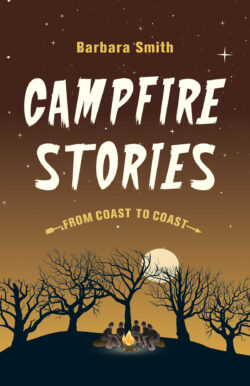 Barbara Smith has been telling ghost stories since 1993, since her first book, Ghost Stories of Alberta. With nearly forty books now under her belt, Campfire Stories from Coast to Coast is a natural companion to her extensive collection of spooky tales.
Barbara Smith has been telling ghost stories since 1993, since her first book, Ghost Stories of Alberta. With nearly forty books now under her belt, Campfire Stories from Coast to Coast is a natural companion to her extensive collection of spooky tales.
Smith’s newest book takes readers across Canada, pit-stopping for sinister spirits and urban myths, pulling over at abandoned castles and haunted coasts, and taking readers to familiar places that may be hiding something from their past. Her previous book with Heritage House, Campfire Stories of Western Canada (2016), contained material from the Prairies to the Rocky Mountains and across to Vancouver Island. Her newest collection defies provincial borders and sweeps across all the provinces and territories. It includes many hair-raising tales as well as ghost stories.
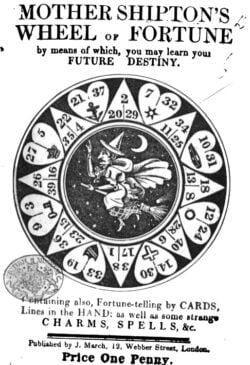
Like the stories in her collection, Smith has lived all across Canada. Born and raised in Toronto, she moved first to Edmonton before relocating to Victoria in 2006. Campfire Stories from Coast to Coast is a transient selection, starting in Halifax before turning to Manitoba and then British Columbia, Nunavut, Alberta, and Prince Edward Island. She ever so slightly favours Ontario with six stories. The one link between all the provinces is the knowledge that weird and strange things can happen anywhere. For example, in “Fatal Error,” set in Tofino, Lex ignores the cryptic message of a fortune-teller warning of a “fatal error in judgment.” I will not give away that fatal decision.
Campfire stories come in a wide variety of categories: those from legends, lore, and myths, those that tell origin stares of nature, and human and animal encounters. Smith has a sprinkling of all in Campfire Stories from Coast to Coast. She begins with a brief warning that some of the tales are very much true — but she does not indicate which ones. The suspense, doubt, and disbelief of not knowing which are true and which are concocted hovers over the contents. In “Captured,” a man encounters a family of Sasquatches in Toba Inlet on BC’s inside coast and, though there are many non-believers, Smith later tells us this tale is true.
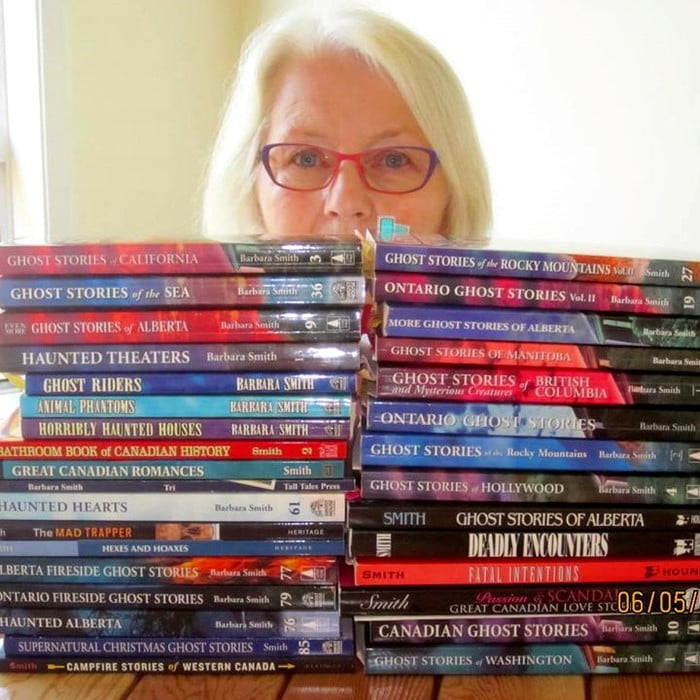
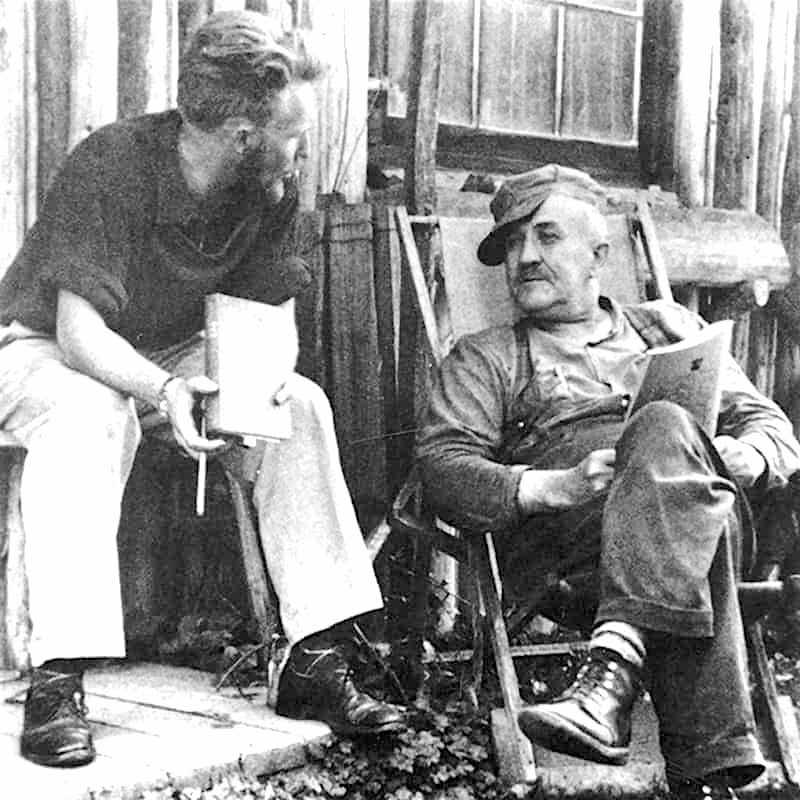

Other stories could spark memory of horrors that linger in our past: hockey fans might remember the 1951 Stanley Cup when the Toronto Maple Leafs’ celebrations ended when Bill Barilko vanished on a hunting trip in northern Ontario. His disappearance inspired Smith’s “The Last Season,” only this time focusing on a BC baseball player in 1930. Some stories, such as that of the haunted cabin in the middle of the woods, which reads and feels believable, are complete fiction concocted and birthed from Smith’s own mind.
Just after her forewarning of fear, Smith provides a list of tips to help with the scare factor. The list will certainly be helpful, especially for those who are reading aloud to an audience of youngsters. Parents reading to children before bed, camp counsellors reading to campers over a fire — everyone should, Smith says, “enjoy the experience! Being deliciously frightened is so much fun!”
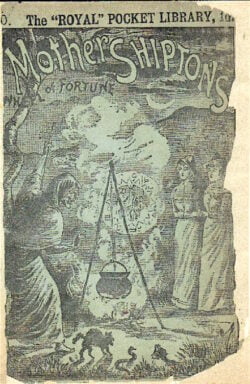
Campfire Stories from Coast to Coast is divided into four sections: Stories by Firelight, Stories by Moonlight, Stories by Candlelight, and Stories by Lantern Light. Sometimes, these sections act as instructions to the stories. The stalking of a werewolf in “The Wolves’ Watering Hole” is made even scarier when read in the near-darkness by the light of a flickering flame. But not all of Smith’s stories need the extra spook factor. Many are frightening enough on their own. The mysterious case of Prince Edward Island’s missing swimmer, in “The Swimmer’s Ghost,” is subtle in its hint of foul play. When you know a place, hearing a story about it is eerie, even in broad daylight.
Readers will have to decide for themselves which stories are the most frightening. Is it the fear that someone is lurking unseen in the woods that sends chills up your spine, or the ghost of a drowned woman that haunts the corners of your mind? If it is dark shadows with red eyes in the corner of the room that sends your heart racing, take extra precautions while reading “Evil.” The couple in this story were frightened on their weekend get-a-way after encountering such a thing. “If that wasn’t pure evil, then what would you call it?” she asks, to which his reply might forever haunt you. “I wouldn’t call it anything, for fear it would answer.”
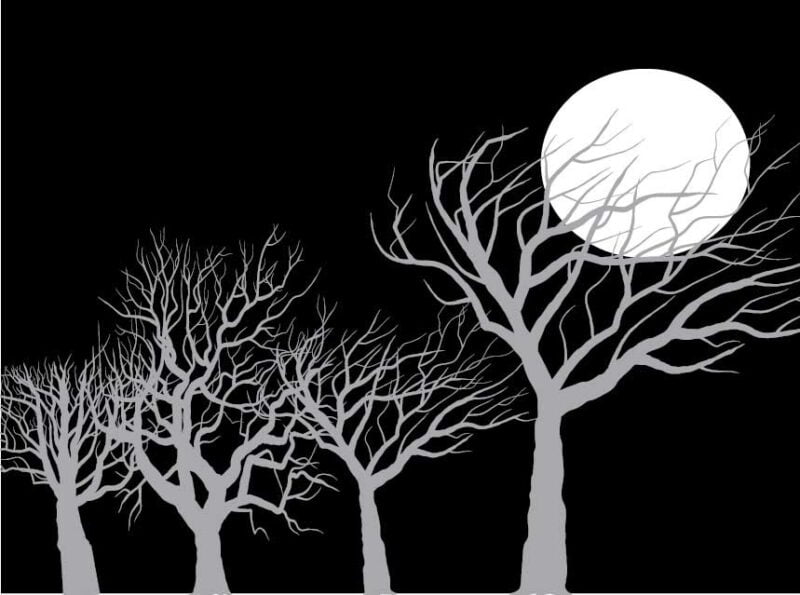
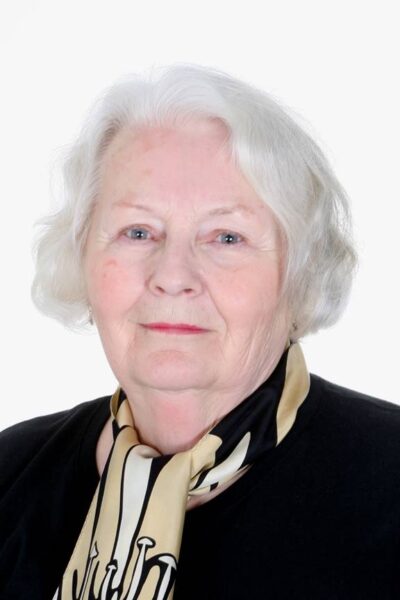
At the end of the book, having experienced a succession of fear, goosebumps, and paranoia, readers might find relief in finally learning the truth behind some of the stories. Or they might find that the stories that made them sweat the most did, in fact, happen.
Eight of the 43 stories have some basis in fact. Smith fictionalizes the encounters, twisting them into her own thrilling tales, but their root or core stays purposefully in the facts. Otherworldly encounters in Manitoba led to the story “Extraterrestrial Visit.” More than one historical shipwreck is documented in Smith’s book, some with natural causes and some with ghostly accompaniments. As for the vampire stories in the collection, she admits that they came purely from her mind.
The inclusion of stories based on fact is important, both to recognize that terrifying and unfortunate events can take place and to heighten the imagination while reading the collection. As Smith writes in the conclusion of “Ghost Hill” (a real hill in Quebec), “These stories are how Ghost Hill earned its name. Perhaps these legends that haunt the hill should serve as cautionary tales to remind us to have reverence for human life.”
Whether the stories are set in the Prairies, the dense woods, or the stormy seas, readers get the sense that there is more to a place then the physical setting alone. Bad things can happen anywhere and the places Smith visits often have a personality of their own: houses that yawn and screech, trees with limbs that reach out to caresses, and roads that stretch longer than they appear.
The tales in Campfire Stories from Coast to Coast are between two and ten pages, often falling on the shorter side; just enough to give the reader — or listener — a taste of the unknown and to let the imagination take over. They are suitably sized for younger and older readers alike, for there is a childlike fear that grips us all, no matter our age. Take caution: Smith’s stories might have you double-checking the back seat of your car or sleeping with the night-light on.
*

Caileigh Broatch is a writer from Vancouver Island, with a BA in creative writing and journalism from Vancouver Island University. Her work has been published in Portal Magazine and The Nav (VIU’s student magazine, where she was the features editor from 2018-2020). Her studies have taken her to investigate Canadian literature, gold panning, ghosts, and killer whales, among more academic topics. Editor’s note: for The Ormsby Review Caileigh has reviewed books by AJ Devlin, PJ Reece, and Susan Scott.
*
The Ormsby Review. More Books. More Reviews. More Often.
Publisher and Editor: Richard Mackie
The Ormsby Review is a journal service for serious coverage of B.C. books and authors, hosted by Simon Fraser University. The Advisory Board consists of Jean Barman, Robin Fisher, Cole Harris, Wade Davis, Hugh Johnston, Patricia Roy, David Stouck, and Graeme Wynn. Scholarly Patron: SFU Graduate Liberal Studies. Honorary Patron: Yosef Wosk. Provincial Government Patron since September 2018: Creative BC
“Only connect.” – E.M. Forster
3 comments on “#910 Handbook of fear & phantoms”